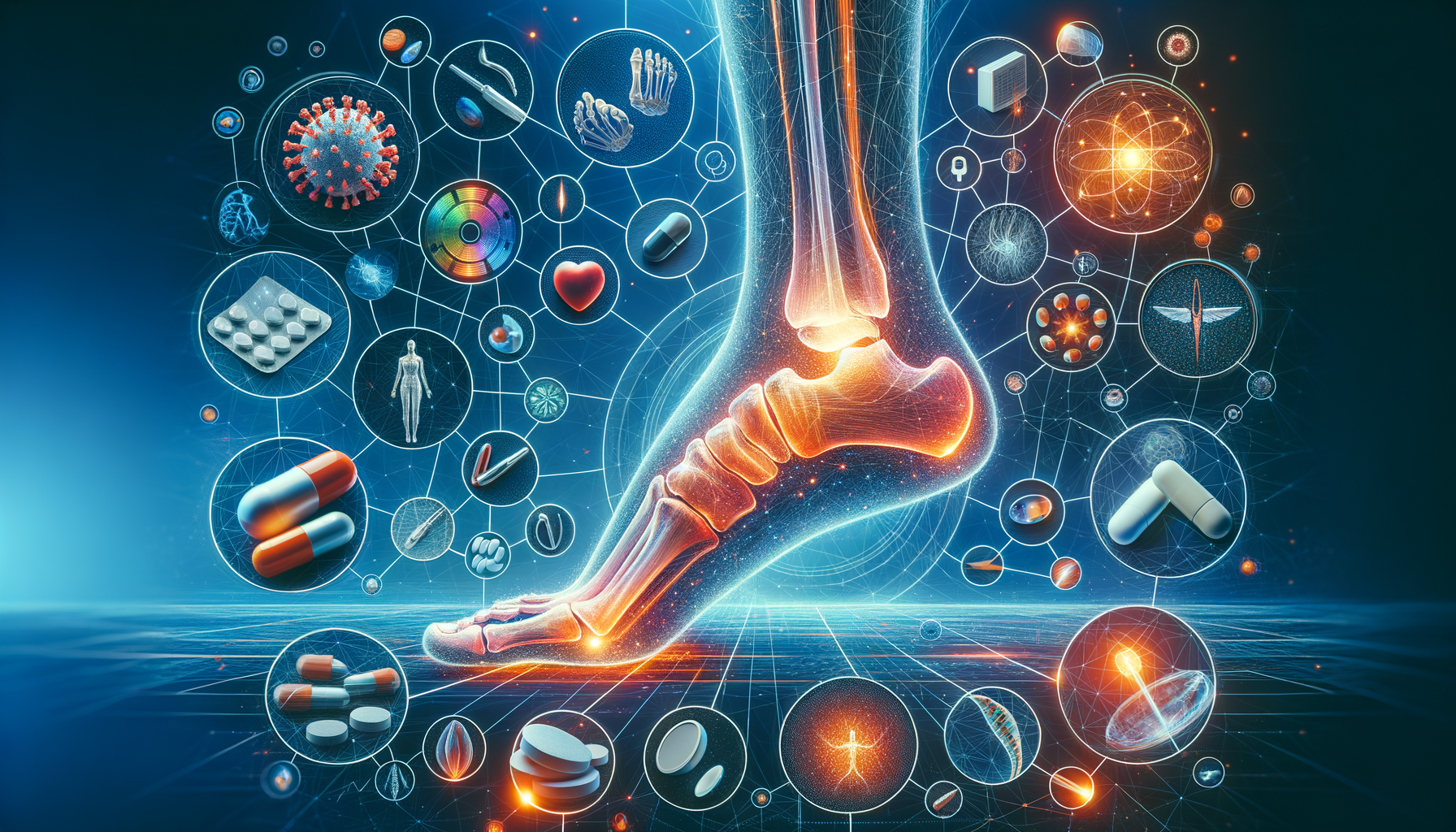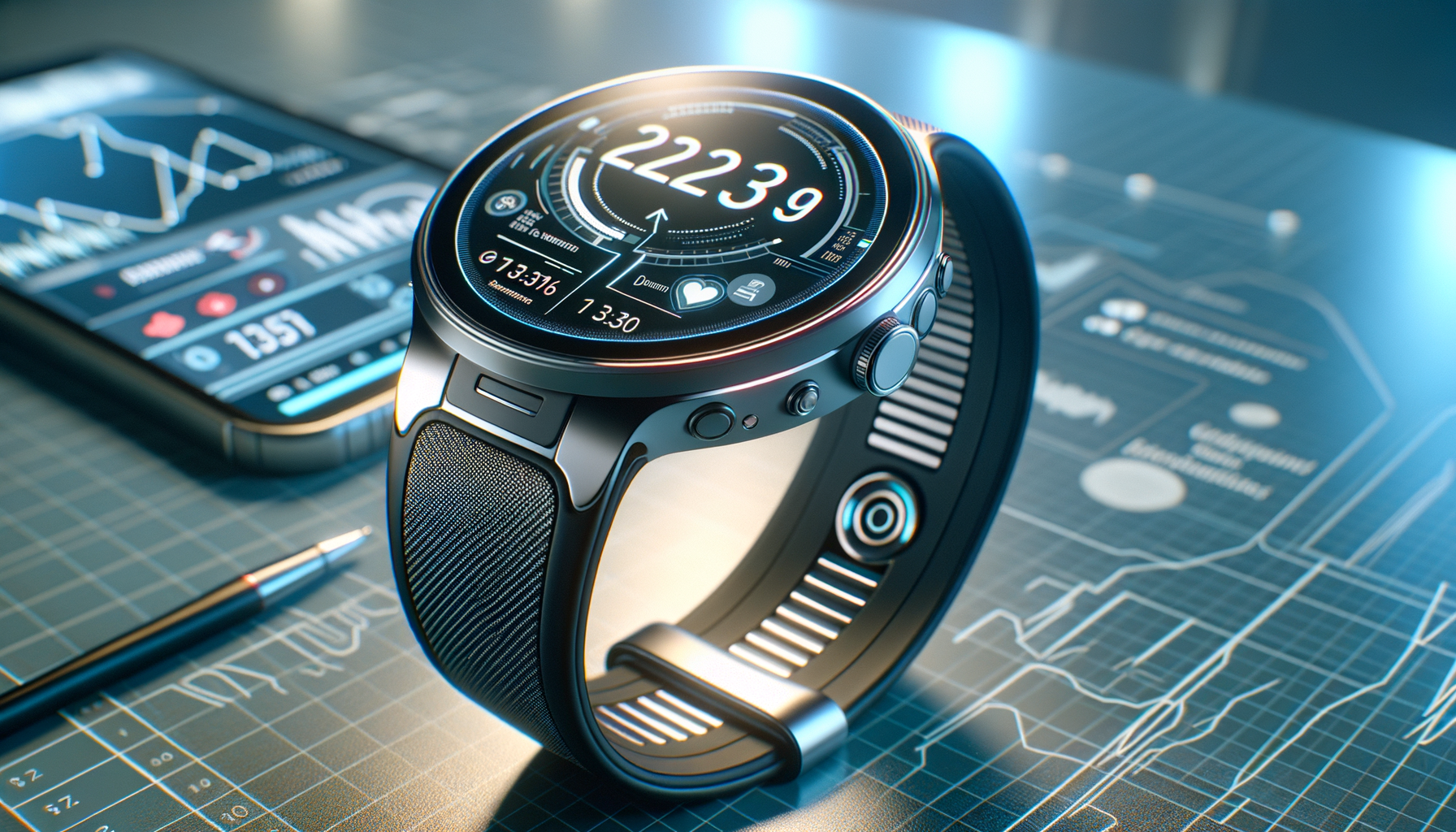Understanding Foot Neuropathy and Its Impact
Foot neuropathy, a condition marked by nerve damage in the feet, can cause significant discomfort and impact daily life. It often manifests as tingling, numbness, or even sharp pain, affecting mobility and quality of life. The condition is commonly associated with diabetes, but it can also result from other factors such as trauma, infections, or exposure to toxins. Understanding the underlying causes of foot neuropathy is crucial for effective treatment and management.
Recent studies indicate that neuropathy affects millions worldwide, with diabetic neuropathy being one of the most prevalent types. The condition often leads to complications, including ulcers and infections, due to reduced sensation in the feet. This makes early detection and management vital to prevent further deterioration.
Foot neuropathy not only affects physical health but also has psychological implications. Chronic pain and reduced mobility can lead to anxiety, depression, and social withdrawal. Therefore, addressing both the physical and emotional aspects of the condition is essential for comprehensive care.
Innovative Pharmacological Treatments
Recent advances in pharmacological treatments have opened new avenues for managing foot neuropathy. Traditional pain relievers often fall short, prompting the development of more targeted therapies. Anticonvulsants and antidepressants, for instance, are increasingly being used to manage neuropathic pain. These medications work by altering nerve signals in the brain, providing relief from chronic pain.
Additionally, topical treatments such as capsaicin and lidocaine creams offer localized pain relief with minimal systemic side effects. These treatments are particularly beneficial for patients who cannot tolerate oral medications. Emerging research also highlights the potential of cannabinoids in neuropathy treatment, though more studies are needed to fully understand their efficacy and safety.
Pharmacological advancements provide a range of options tailored to individual needs, allowing for more personalized treatment plans. This approach not only improves pain management but also enhances overall patient satisfaction and quality of life.
Breakthroughs in Non-Pharmacological Therapies
Non-pharmacological therapies are gaining traction as effective alternatives or complements to medication in treating foot neuropathy. Physical therapy, for example, can help improve strength and flexibility, reducing pain and enhancing mobility. Techniques such as balance training and gait exercises are particularly beneficial in preventing falls and injuries.
Another promising area is the use of electrical nerve stimulation, which involves sending mild electrical impulses through the skin to relieve pain. This method has shown positive results in reducing neuropathic pain and improving nerve function. Similarly, acupuncture, an ancient practice, is being revisited for its potential benefits in pain relief and nerve regeneration.
Mind-body therapies such as yoga and meditation are also being explored for their role in managing chronic pain. These practices can help reduce stress and improve mental well-being, which are crucial components of holistic neuropathy management. By integrating non-pharmacological therapies, patients can achieve a more balanced approach to pain relief and overall health.
Technological Advancements in Neuropathy Treatment
Technology is playing an increasingly pivotal role in the treatment of foot neuropathy. Wearable devices that monitor foot pressure and temperature are being developed to prevent ulcers and detect early signs of nerve damage. These devices provide real-time data, enabling timely interventions and personalized care plans.
Another significant advancement is the use of virtual reality (VR) and augmented reality (AR) in pain management. These technologies offer immersive experiences that can distract from pain and promote relaxation. VR and AR are also being used in physical therapy to enhance engagement and motivation during rehabilitation exercises.
Furthermore, advancements in imaging technologies are improving the diagnosis and assessment of neuropathy. High-resolution imaging allows for a more detailed view of nerve structures, aiding in accurate diagnosis and treatment planning. These technological innovations are revolutionizing neuropathy care, offering new hope for patients seeking relief from chronic pain.
The Role of Lifestyle Changes in Managing Foot Neuropathy
While medical and technological advancements are crucial, lifestyle changes remain a cornerstone of neuropathy management. A balanced diet rich in vitamins and minerals supports nerve health and can alleviate symptoms. Regular exercise, tailored to individual capabilities, is vital for maintaining mobility and reducing pain.
Maintaining optimal blood sugar levels is particularly important for diabetic neuropathy patients. This can be achieved through a combination of diet, exercise, and medication. Smoking cessation is also crucial, as smoking can exacerbate nerve damage and hinder circulation.
Stress management techniques such as mindfulness and relaxation exercises can help reduce pain perception and improve mental health. By adopting a holistic approach that combines medical treatment with lifestyle modifications, patients can achieve better control over their neuropathy symptoms and enhance their quality of life.
Conclusion: Navigating the Path to Relief
Foot neuropathy presents a complex challenge, but recent advances in treatment offer new hope for those affected. By combining innovative pharmacological and non-pharmacological therapies with technological advancements and lifestyle changes, patients can achieve significant relief from pain and improve their overall well-being. Early detection and a personalized approach to treatment are key to managing neuropathy effectively. As research continues to evolve, the future looks promising for those seeking relief from this debilitating condition.




Leave a Reply